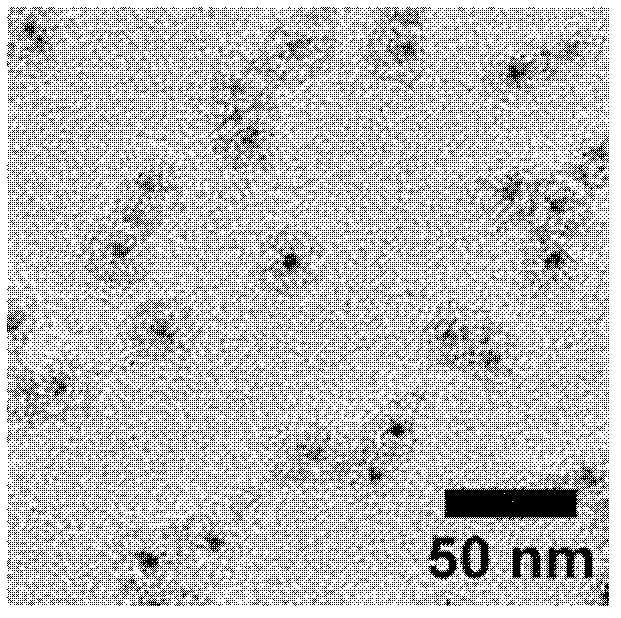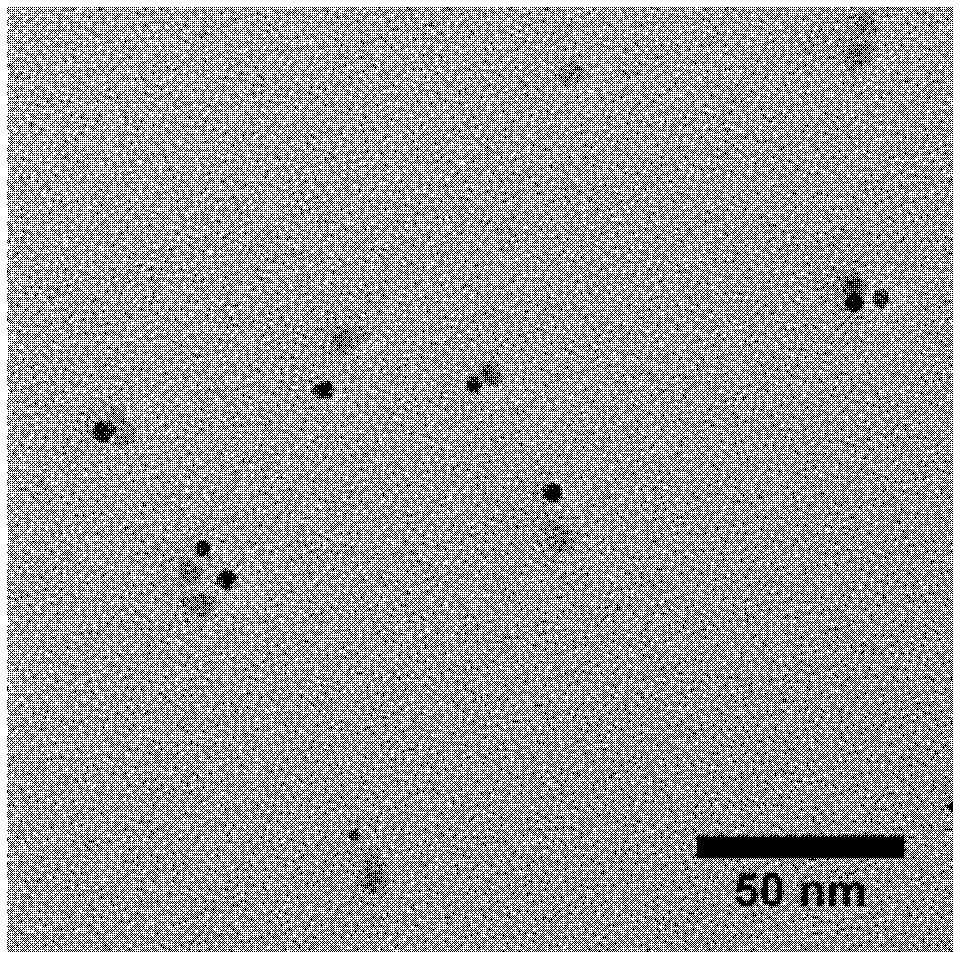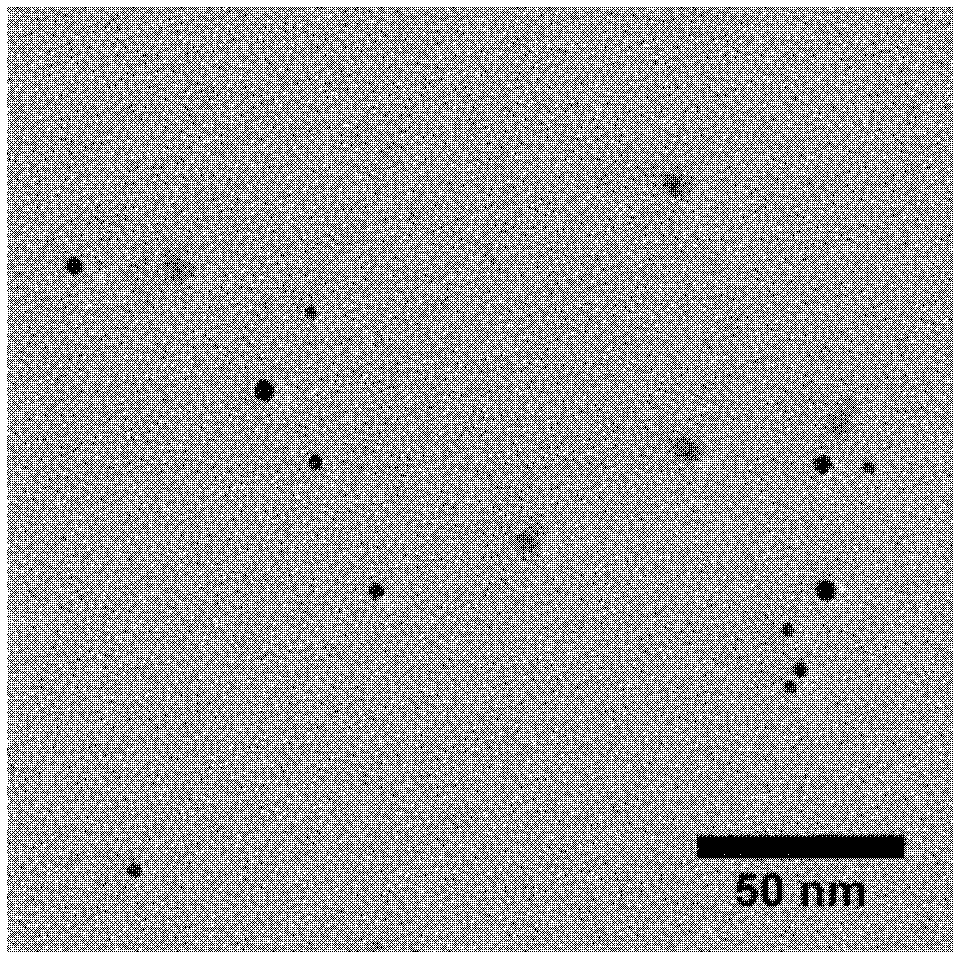Preparation method of asymmetric virus nanoparticles
A nanoparticle and inorganic nanoparticle technology, applied in the fields of botanical equipment and methods, biochemical equipment and methods, chemical instruments and methods, etc., to achieve the effect of convenient mass acquisition, easy control of reaction conditions, and large-scale production.
- Summary
- Abstract
- Description
- Claims
- Application Information
AI Technical Summary
Problems solved by technology
Method used
Image
Examples
Embodiment 1
[0042] Introduce Cys into the loop structure of the main capsid protein vp1 of SV40 (that is, the 74th amino acid is mutated to Cys), insert the His-tag at the 139th position, and construct the vector PET32a-His-mvp1 (His-mvp1); confirmed by sequencing The correctness of the target gene sequence. Transform PET32a-His-mvp1 into E. coli For Rosetta (DE3) competent cells, single clones were picked from the plate 12 hours after plating and transferred to 5 mL LB test tube culture medium, added ampicillin and chloramphenicol, and incubated overnight at 37°C and 180 r / min. According to the 1% inoculum amount, transfer to 5 ml LB test tube culture medium (3 parallel tubes), add corresponding antibiotics, and culture at a constant temperature of 37°C and 180 r / min for about 2.5 h (OD600 between 0.4 and 0.6). One of the tubes was used as a blank control (without IPTG), and the other two tubes were added with IPTG at a final concentration of 1 mM inducer. After induction and culture a...
PUM
 Login to View More
Login to View More Abstract
Description
Claims
Application Information
 Login to View More
Login to View More - R&D
- Intellectual Property
- Life Sciences
- Materials
- Tech Scout
- Unparalleled Data Quality
- Higher Quality Content
- 60% Fewer Hallucinations
Browse by: Latest US Patents, China's latest patents, Technical Efficacy Thesaurus, Application Domain, Technology Topic, Popular Technical Reports.
© 2025 PatSnap. All rights reserved.Legal|Privacy policy|Modern Slavery Act Transparency Statement|Sitemap|About US| Contact US: help@patsnap.com



